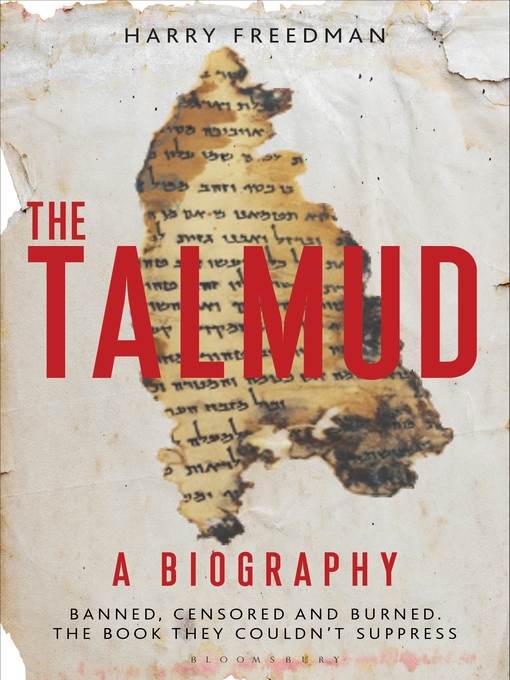
The Talmud
A Biography
کتاب های مرتبط
- اطلاعات
- نقد و بررسی
- دیدگاه کاربران
نقد و بررسی

September 8, 2014
This history by Freedman (The Gospels’ Veiled Agenda: Revolution, Priesthood and the Holy Grail) is reminiscent of the school of Wissenschaft des Judentums (the scientific study of Judaism), in which an honest
accounting of history enriches, rather than endangers, understanding of Judaism. Freedman veers slightly from this approach, however, in describing the Talmud as an expansion of the written Bible. The Talmud consists of excerpts of the legal work known as the Mishnah, plus the Gemara, wide-ranging rabbinical discussion on those laws. Though this discussion ties laws to text, the actual origins of most of these laws are lost in history. This premise—that the Talmud is a Bible commentary—nevertheless does not diminish the book as a history of the Talmud, its oral origins and its written composition, the relationship of Jewish communities to that work, and the influence of other cultures (e.g., Islamic intellectual cultures). Overall, this is not only a masterful and engaging introduction to the history of the Talmud, but a useful lens through which to view Jewish history. Agent: Sheila Ableman, Sheila Ableman Literary Agency.

September 1, 2014
A history of the Jewish people as reflected in its central text. The Talmud, Freedman (The Gospels' Veiled Agenda: Revolution, Priesthood and the Holy Grail, 2009, etc.) explains in this capacious history, is an "arcane and obscure" compendium of interpretations of the Hebrew Bible. Containing nearly 2 million words, the original Talmud recorded discussions that took place among scholars in Babylon between the third and fifth centuries. Although the Talmud is now considered "the final authority on Jewish religious law and practice," it began as an academic exercise of biblical exegesis, with analyses transmitted orally. "Talmudic scholars would happily base their rulings on it when responding to inquiries," the author writes, "but they weren't particularly bothered about laying it out in front of the masses as an object of study." Once the Talmud became fixed in writing, it took on the function of law, and it became the focus of waves of anti-Semitism. Copies in France were destroyed in 1242, when Pope Gregory IX, in a sweeping condemnation of Jews, ordered the text to be burned. From 1553 to 1559, all copies found in Rome went up in flames. In creating the biography of a book, Freedman offers biographical sketches of major figures involved in its story, including the 11th-century rabbi known as Rashi, whose commentary forms part of the modern Talmud; Maimonides, "a giant on the Tamudic stage"; and Baruch Spinoza, a philosopher whose ideas challenged the teachings of the Talmud. The modern Talmud is a layered work, comprising quotations from the Mishnah, a codification of Jewish law written in the second to third centuries; Babylonian commentaries; additions by the original editors of the Talmud; and later material intended to provide introductions and conclusions to various topics. Freedman brings impressive research to the biography of a 2,000-year-old text that still excites scholars, inspires controversy and reflects turbulent events in Jewish history.
COPYRIGHT(2014) Kirkus Reviews, ALL RIGHTS RESERVED.

























دیدگاه کاربران